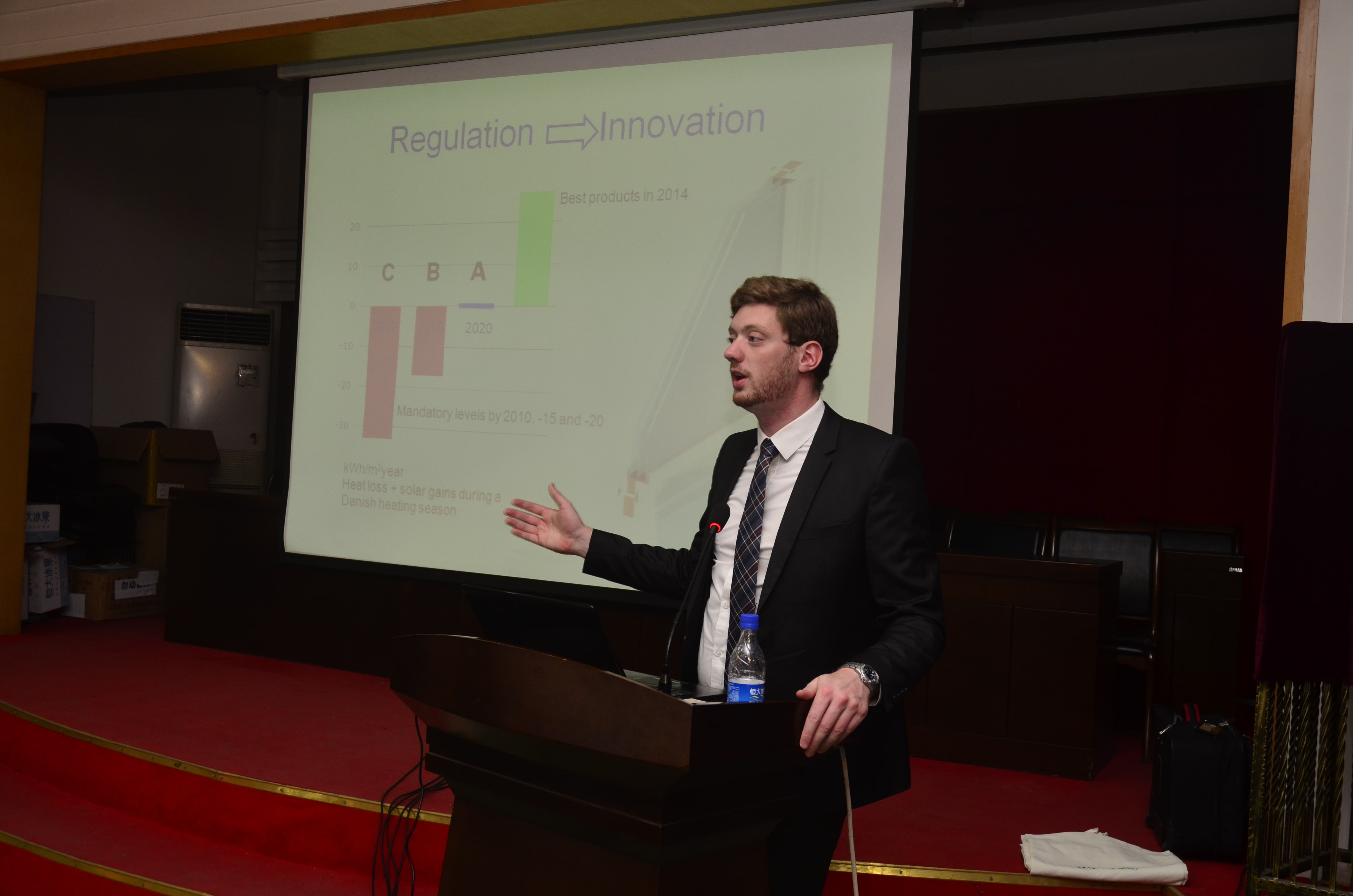Topic: Demand-side Management with Optimisation Subscribe | Previous | Next
Hello LEAP Community!
Out of curiosity, have anyone tried to model Demand-Side Management (DSM) when doing optimisation in LEAP?
My only idea for how to do it is to model it as virtual storage using the Storage Tech in Transformation Making several, smaller "batteries". I don't know how I could connect the storages to the individual consumption load shapes.
Any ideas?
Gregers
I think this depends what you mean by Demand side management. If you mean seeing how more efficient devices save energy and potentially can flatten the load curve then you could do this by specifying the load shapes for different demand devices. As you gradually use more of the more efficient devices in certain scenarios, that will flatten the overall load shape. The supply side (power plants, storage etc.) can then be dispatch to meet a flatter load shape.
NB: to model storage you will need to be using NEMO and likely one of the faster solvers such as CPLEX, MOSEK, GUROBI or (support coming in next release) XPress.
Sorry, I think I was slightly confusing two related terms.
I was think about demand response, is there some creative way I could let LEAP load shift certain demand sectors?
I was think I could make the Maximum Availability of a storage device dependent somehow on the profile of the demand(s). Something like: YearlyShape(Industry) and having the Maximum Capacity: Activity:Industry*IE(Industry)*5%
Then I should be theoretically able assign dynamic Demand Response to different sectors and see how much this could help my energy system. This virtual storage would probably be the cheapest option as well.
1 Like I had not thought of using storage to model demand-side load shifting responses, so you are way ahead of me on that. Please can you let me know how you experiments go and whether or not you find a solution. Let me know also if you have any suggestions for how I might change LEAP to better support this.
Charlie



